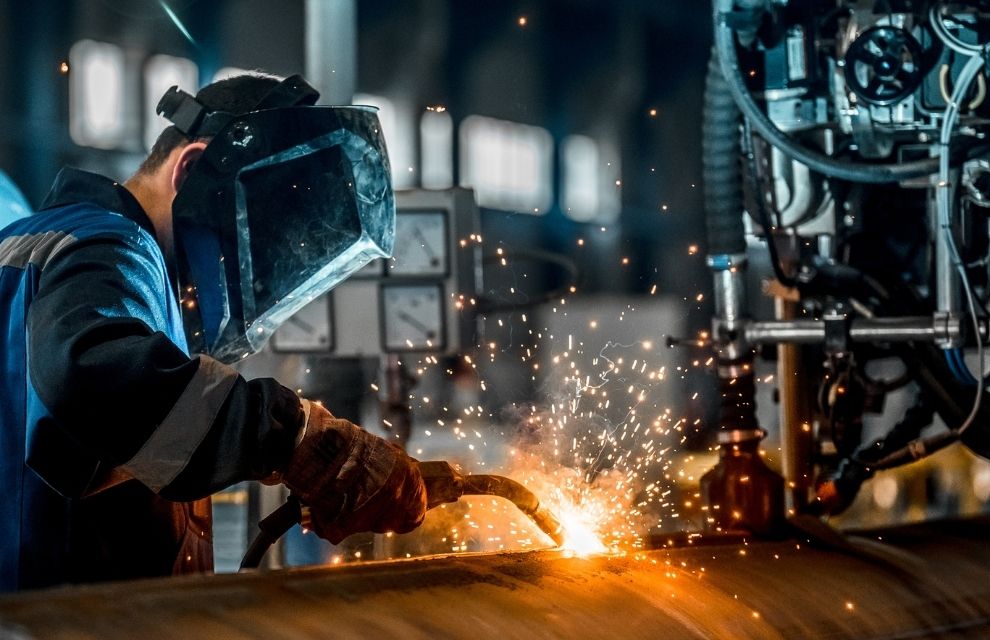There has been an increase in manufacturing companies pursuing captive insurance as a solution to the insurance conundrum, according to Randy Sadler, a principal with CIC Services.
CIC Services outlines that 2020 was an unprecedented time for manufacturing as the COVID-19 pandemic disrupted operations on a “massive scale with severe financial consequences”.
A survey by the National Association of Manufacturers (NAM) found that 80 per cent of manufacturers expect the pandemic will have a financial impact on their business.
In addition, the RSM US Middle Market Business Index, a measure of business sentiment across mid-sized US companies, suggests that more than 60 per cent of manufacturers expect problems to continue.
Notably, major US manufacturers have said some of their closed plants may never reopen.
However, many industries, including manufacturing, are planning to utilise captive insurance companies, and that trend has not subsided, according to the 2015 Global Risk Management Survey.
CIC Services explains that in this time of uncertainty and threats from multiple angles, “manufacturers need a robust approach to risk management that addresses the potential for risks and not only provides mitigation but serves as a solid financial strategy to weather the storm”.
The captive insurance management firm notes that Insuring against risks provides protection, but third-party commercial insurance policies aren’t always enough.
Sadler states: “Businesses need to review their insurance policies to identify gaps in coverage and to fill these gaps, captives can replace commercial insurance, insure enterprise risks, insure warranties, insure bonds, insure employee benefits or healthcare or any combination of these.”
“Captives also provide a stronger business model, improved risk management, improved cost control, insurance profits, asset protection, asset accumulation and receive advantageous tax treatment,” he adds.
Sadler also explains that when assets in a captive are not paid out in claims or expenses, the owner keeps this profit, whereas with third-party commercial insurance the premiums paid are a sunk cost and profit is zero.
With the current COVID-19 still underway, Sadler says it’s late in the game to write a policy to cover it now, however, the next crisis, whether another pandemic, civil or political unrest or tariffs, could be imminent so it’s important to be prepared and covered.






